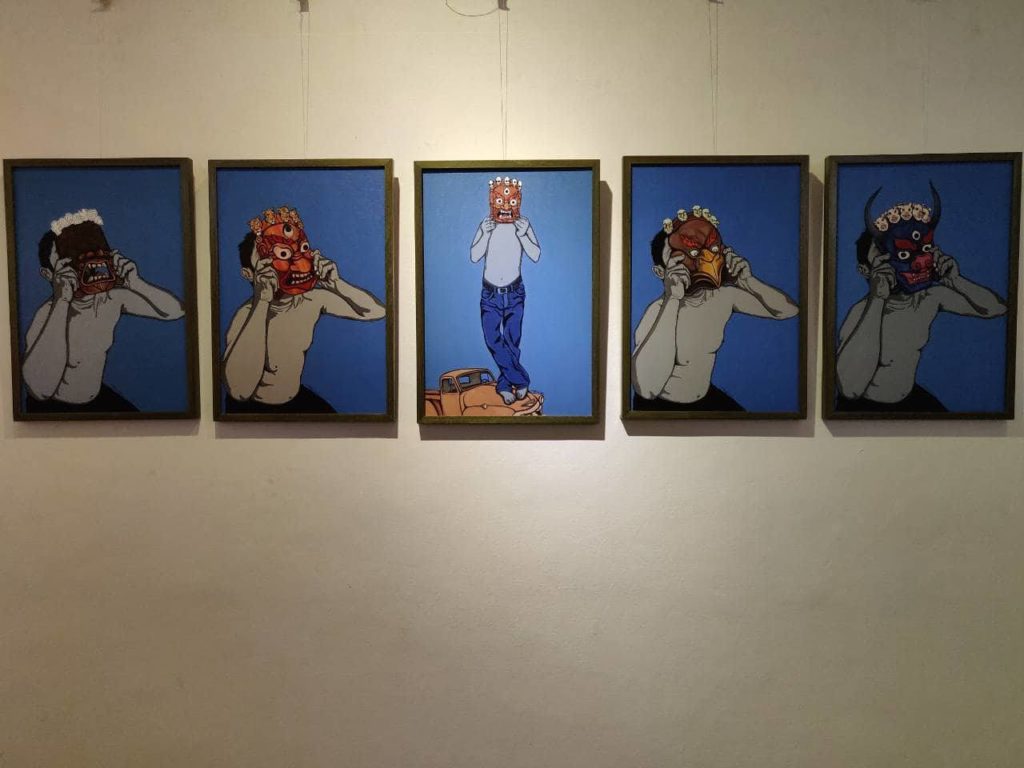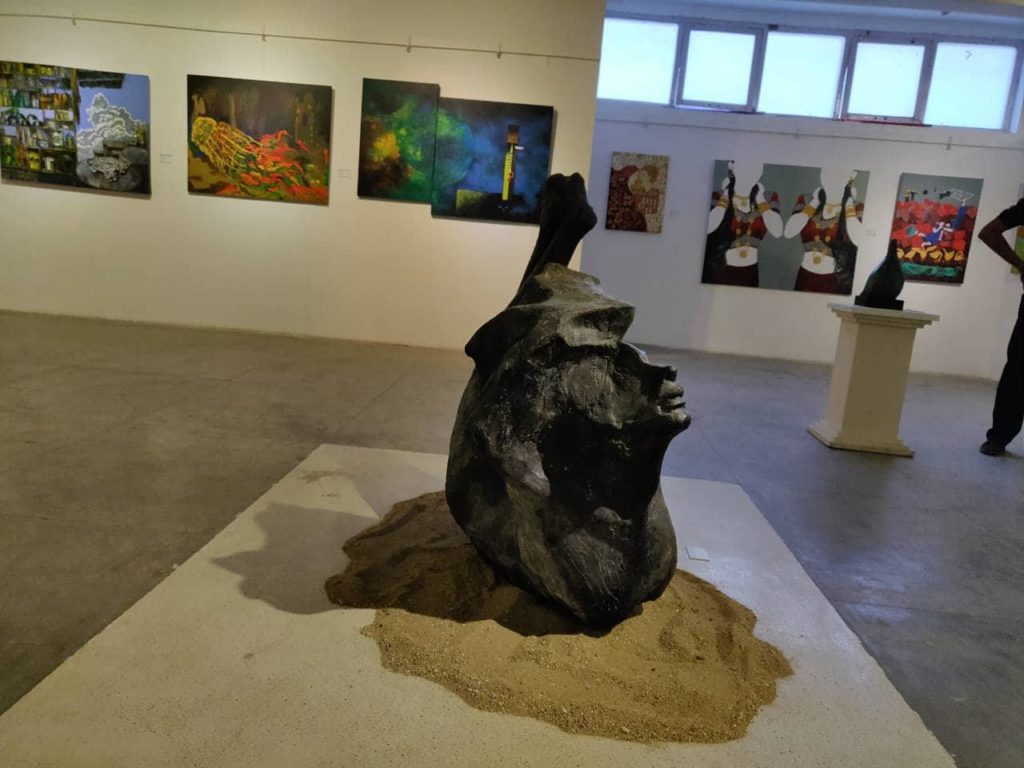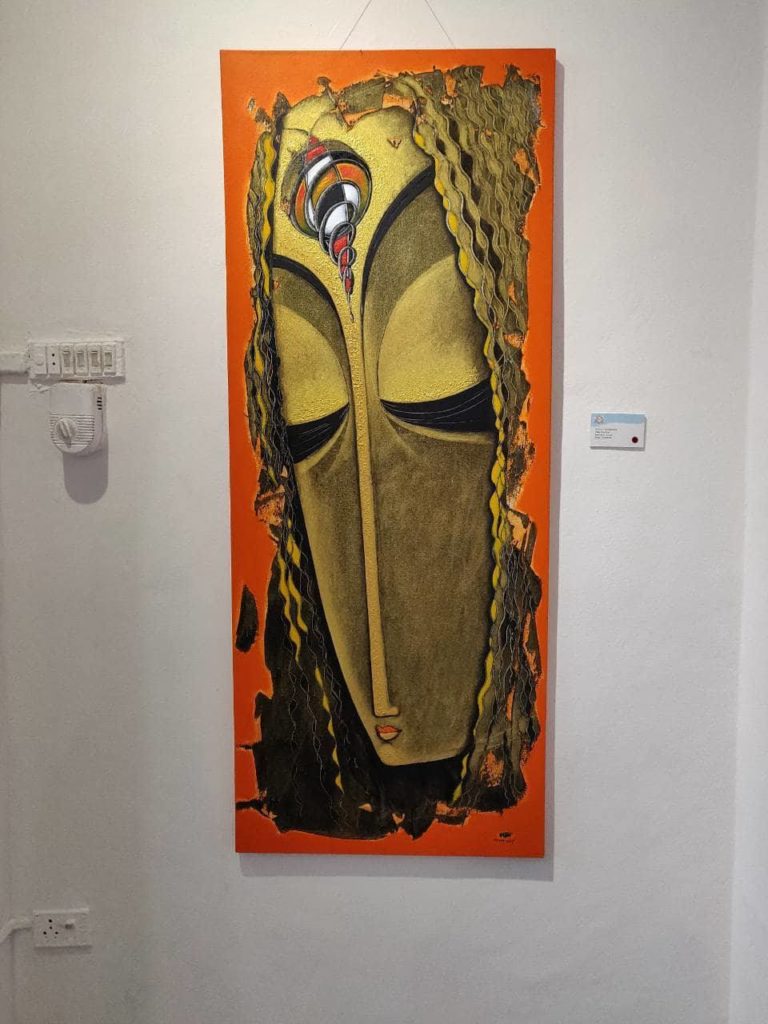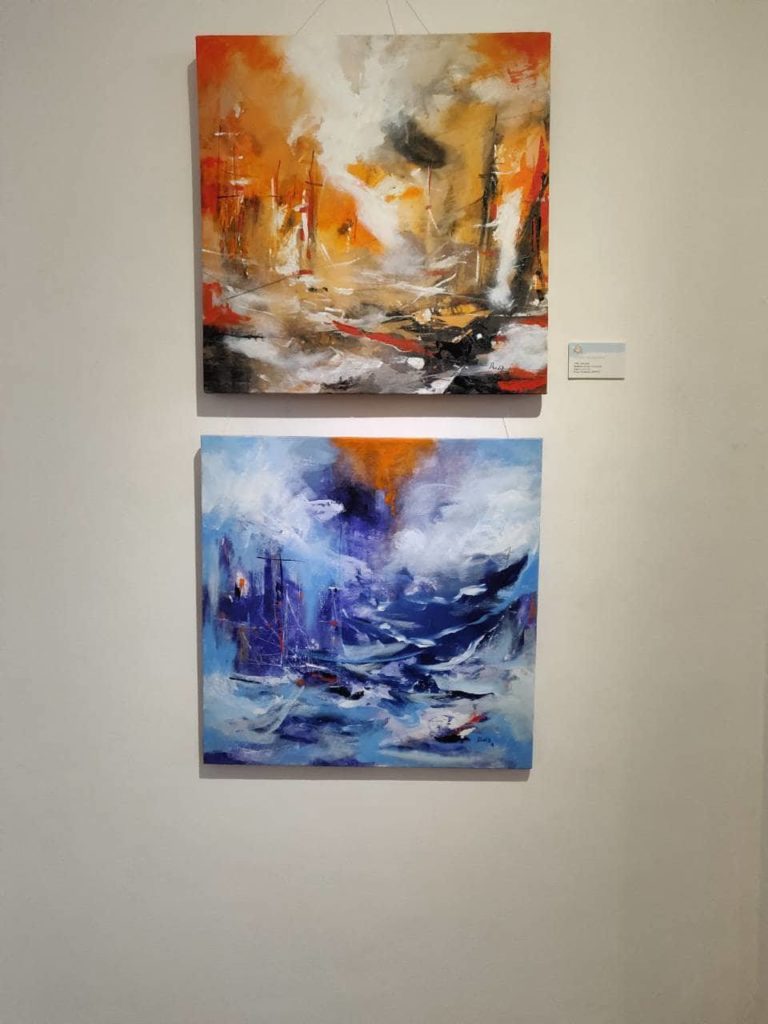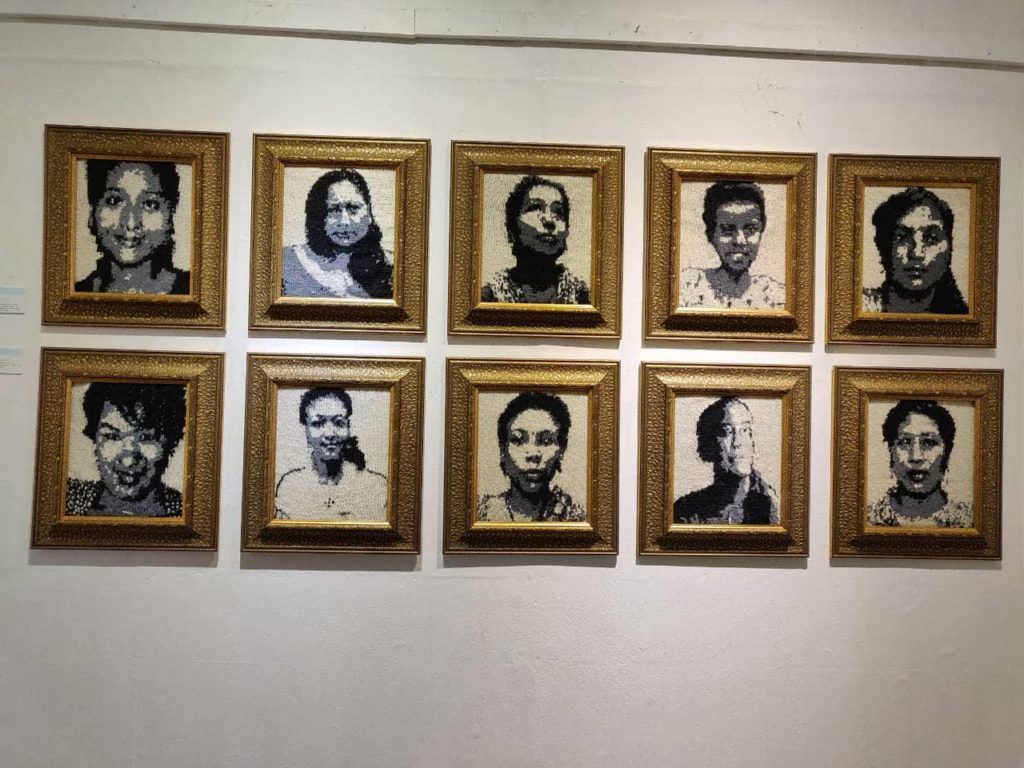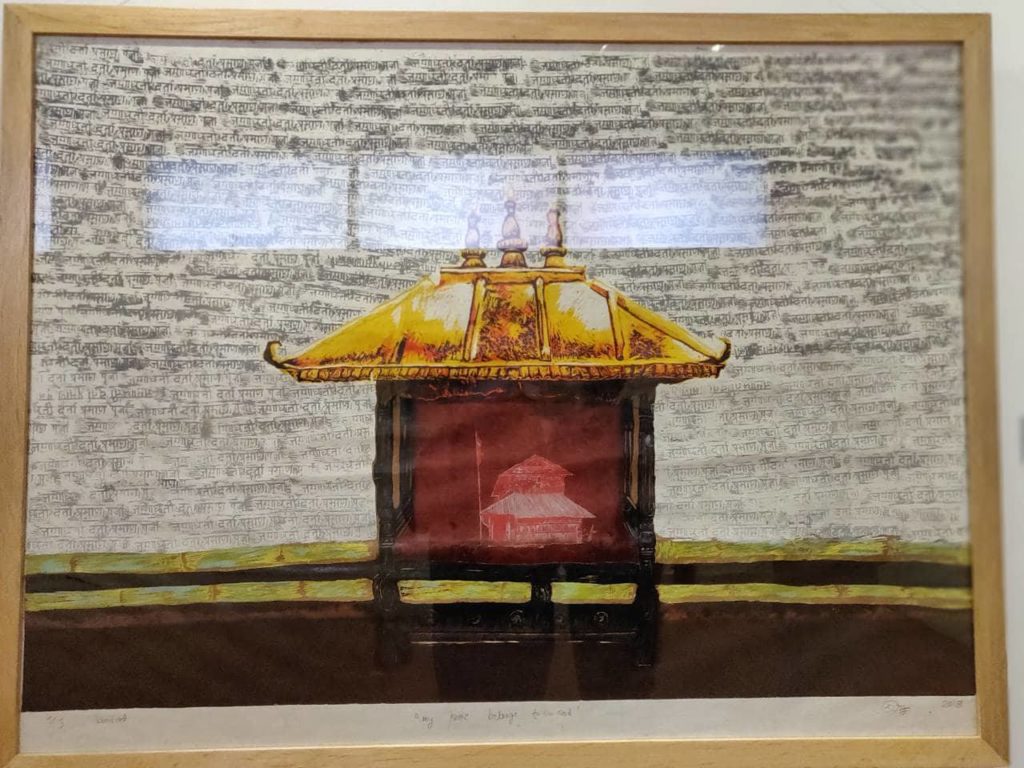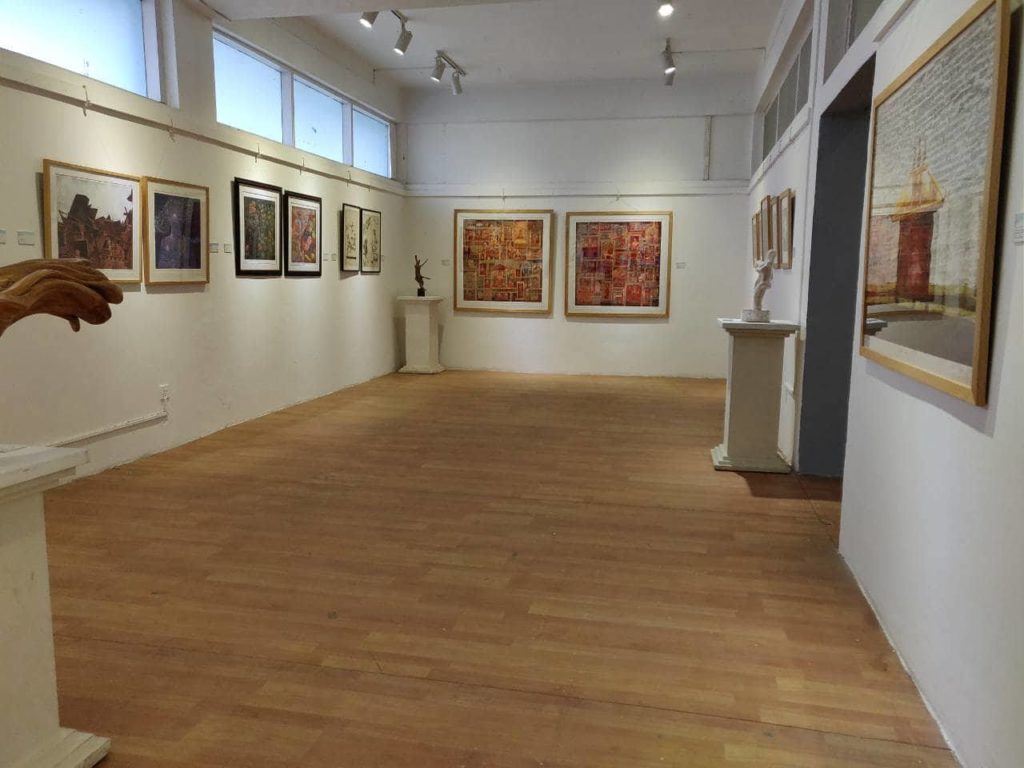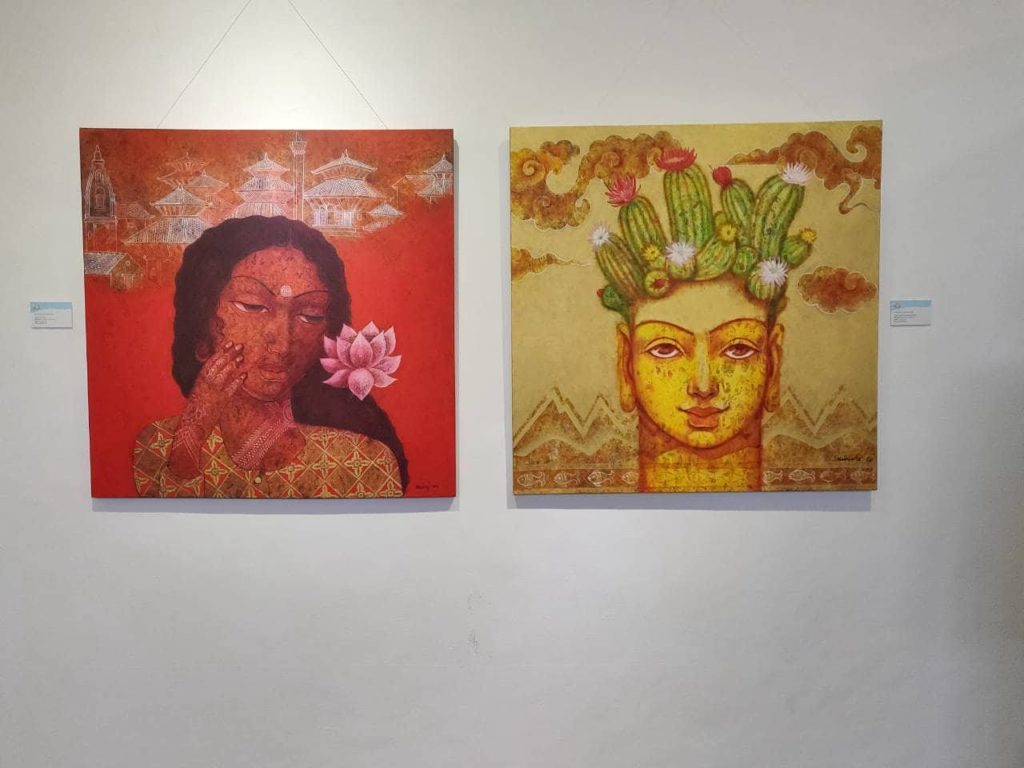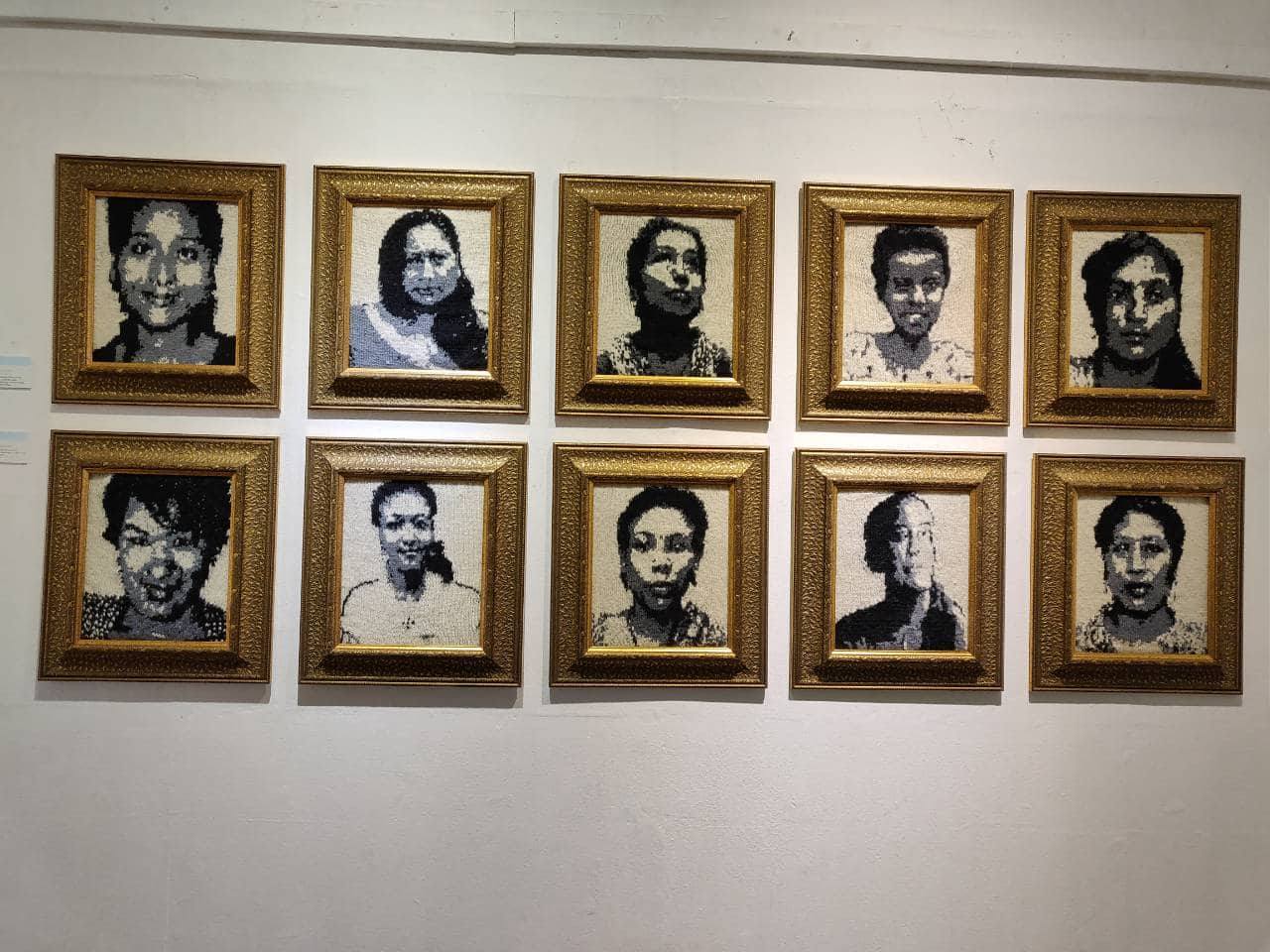The much anticipated Himalayan Art Festival 2018 was finally held last week at the Nepal Art Council situated in Babarmahal. A brilliant showcase of traditional and contemporary artworks of around 135 young and enthusiastic Nepali artists was opened to the public.
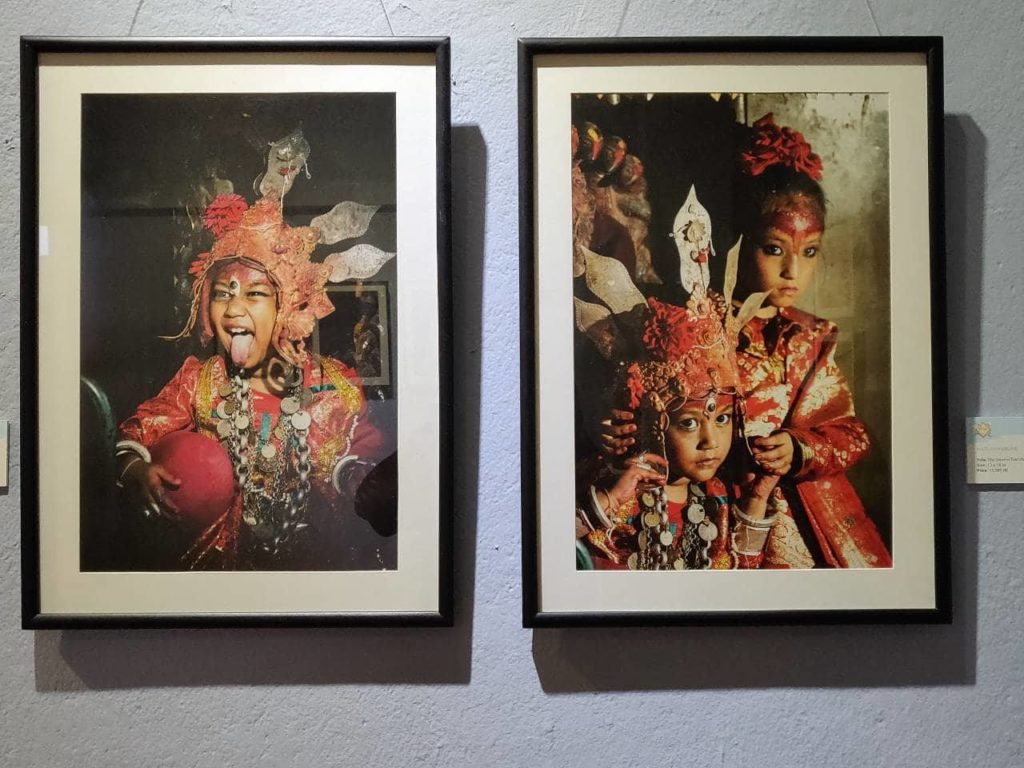
The exhibition was organized by E-Arts, an expanding online art gallery and ran for five days from September 11 through 15 of 2018. The main themes of the exhibition were paubha, paintings, sculptures, ceramics, prints, installations, photography, and performances. The exhibition is in its second year of running and displayed works by and from various artists and regions.
Each piece showcased at the exhibition reflected beauty in the form of the artist’s dedication and hard work. The most prominent themes of the exhibition were based around deities, gods and goddesses, ceramic works and landscapes of Nepal. The exhibition tried its best to show the traditional and contemporary aspects of Nepali art to the audience. Most of the pieces were on sale and ranged between Nepali Rs. 15000 to 600000.
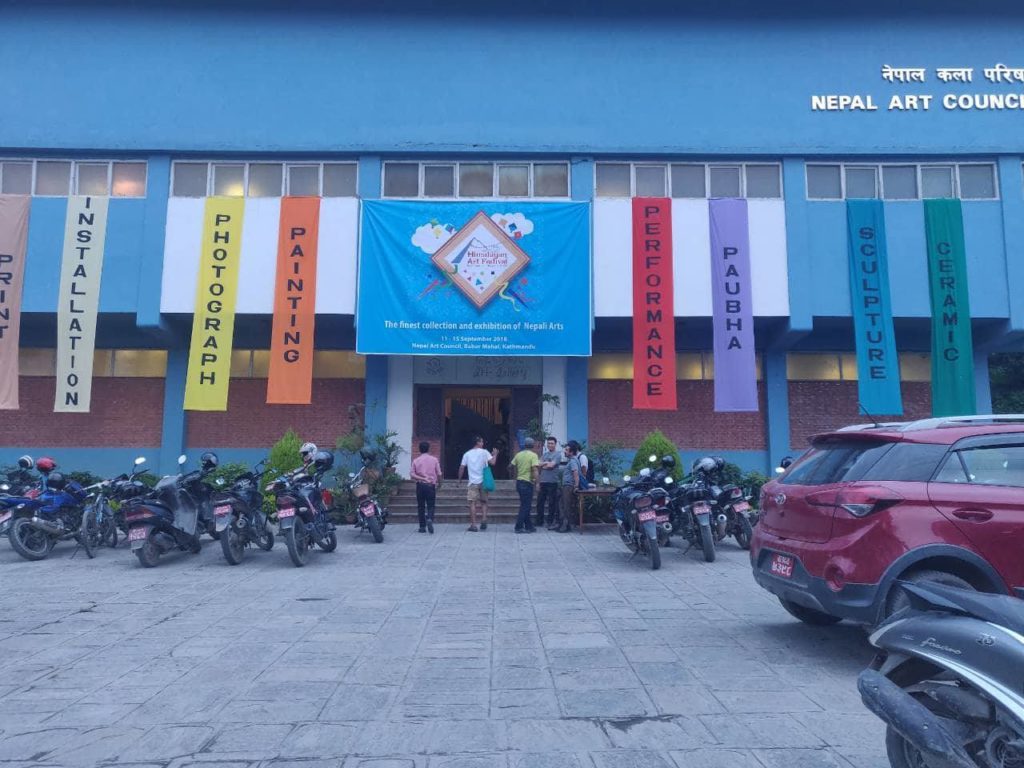
The exhibition was inaugurated on the 11th of September and was followed by a musical performance by Salil Subedi on the 12th of September. The third day of 13th September came with an art talk/panel discussion program that discussed topics related to art such as contemporary art in relation to traditional paubha. Panelists were renowned people in the art scene such as the Principal of Sirjana College of Fine Art, Madan Chitrakar, paubha artists Mukti Singh Thapa and Uday Charan Shrestha and visual artist Sujan Chitrakar.
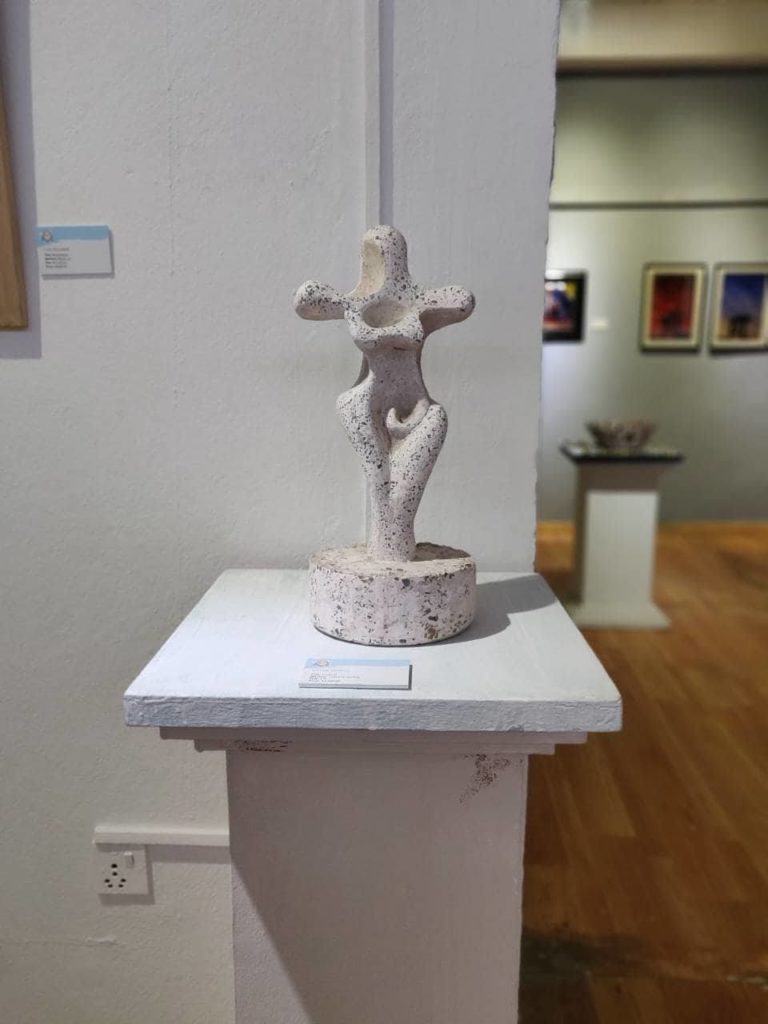
The 14th of September staged a performance by six artists while the final day of the exhibition had an art show for about 40 kids, where they talked about art and the festival. The festival came to an end on the 15th of September and closed its doors to the audience at 7 p.m. on Saturday. The number of audiences could be estimated to be between 250 and 500 on each day of the festival, indicating the increasing interest of the audience in art exhibitions.
The success of the exhibition dictated the increasing audience for traditional and contemporary art in Nepal, especially Kathmandu and showed that the young artists can consider art as a bright career path given the potential of Nepali art as shown by the exhibition.
